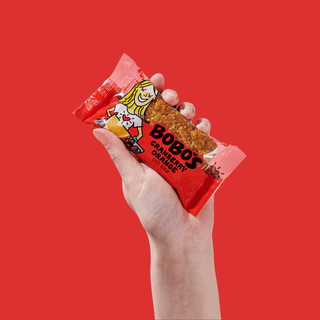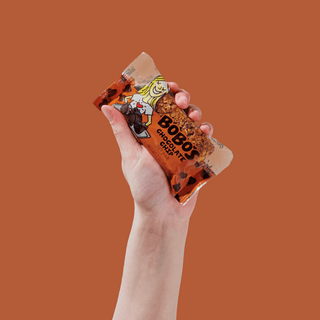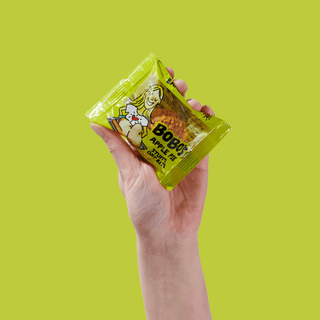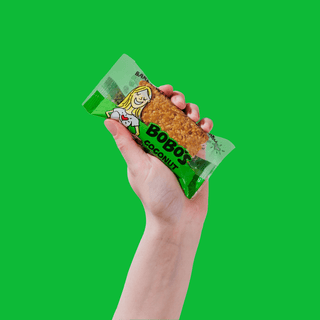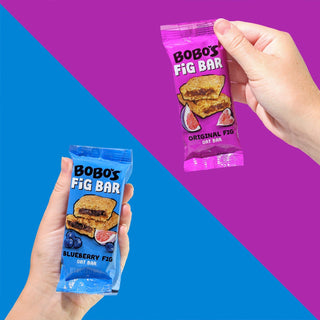People are always trying different diets to feel healthier, heal any food allergies or intolerances, lose weight, or to just feel happier with their food choices. And two of the most popular diets happen to be veganism and the gluten-free diet, where you are eliminating major food groups and restricting what you can eat.
They are not too similar though—in fact, you’re cutting out different types of foods and the reasoning might vary. For example, those who have Celiac disease or a sensitivity to gluten (they might experience GI discomfort) have to cut out gluten foods, whereas those who turn vegan may do so for more ethical reasons or a desire to trim down by going more plant-based, instead.
Still though, here are the main differences to note between being vegan and gluten-free.
Does Vegan Mean Gluten-Free?
No—it doesn’t. You can be on a gluten-free vegan diet, where you are eliminating animal protein, eggs, dairy, and fish, as you would as a vegan, but you’d also have to get rid of gluten-containing grains, such as wheat and rye, as well as some oats (you need to check labels to make sure they say gluten-free, as some oats can have traces through processing).
Are Vegan Foods Gluten-Free?
Yes, many naturally are, such as fresh fruits and veggies, beans and lentils, and some grains like quinoa and buckwheat; however, those foods can have gluten based on cooking methods. If you were to put tofu and lettuce on a sandwich made of wheat bread, that would not be a gluten-free option, as the wheat has gluten. So, you still need to be careful if you are on a vegan and gluten-free diet when doing meal prep.
How to Make Vegan Gluten-Free Meals
The best way to do this is by making your own meals at home, rather than relying on food from restaurants. Of course, you will need to order on-the-go at times, and for those situations, just be prepared by knowing what foods seem to be okay for your diet (whether vegan or gluten-free, or both), and always inquire with the server if possible to tell them of your restrictions or ask for help.
If you are buying food at home and planning meals, all vegan gluten-free snacks you get from the grocery store should say gluten-free on the label and not have any animal meat or dairy in them, and if you’re making them from scratch, just be sure to toss any grains that could have gluten to be safe.
And don’t forget sauces! Soy sauce has gluten, so you could make a vegan stir-fry with veggies and tofu over a bed of quinoa or brown rice, but you cannot use soy sauce as your topper. With a nice gluten-free cashew butter sauce or coconut aminos, this would be a wonderful lunch or dinner—and you could make it in bulk to have for easy leftovers during the week.
How to Prepare for Both
Either way, both diets are similar in their need to restrict foods and avoid cross-contamination when dining out or cooking at home. Both are important no matter the reasoning, but gluten-free is a bit more serious in that consuming gluten when you cannot tolerate it can lead to GI issues, as well as a few other side effects. So, being safe is critical.
With veganism, you still want to maintain your diet and you are restricting several major food groups, so for this diet you might want to take better care with meal planning and selecting vegan snacks that meet your macronutrient needs. You should also discuss supplementation with your doctor for a few nutrients you might be deficient in, such as iron and vitamin B12.

